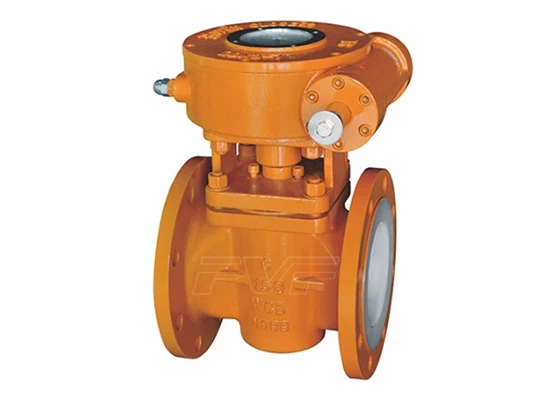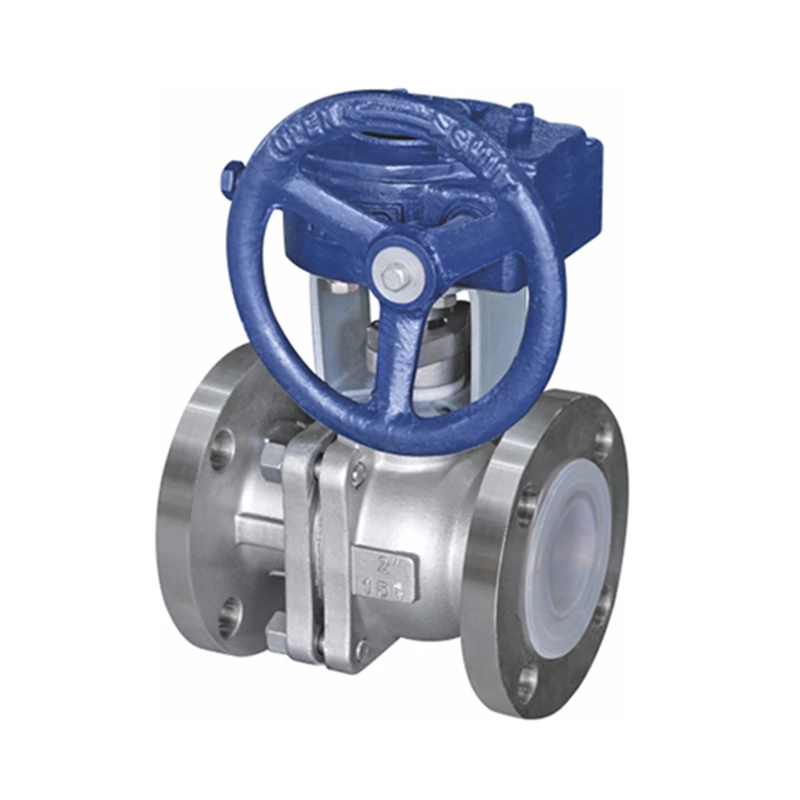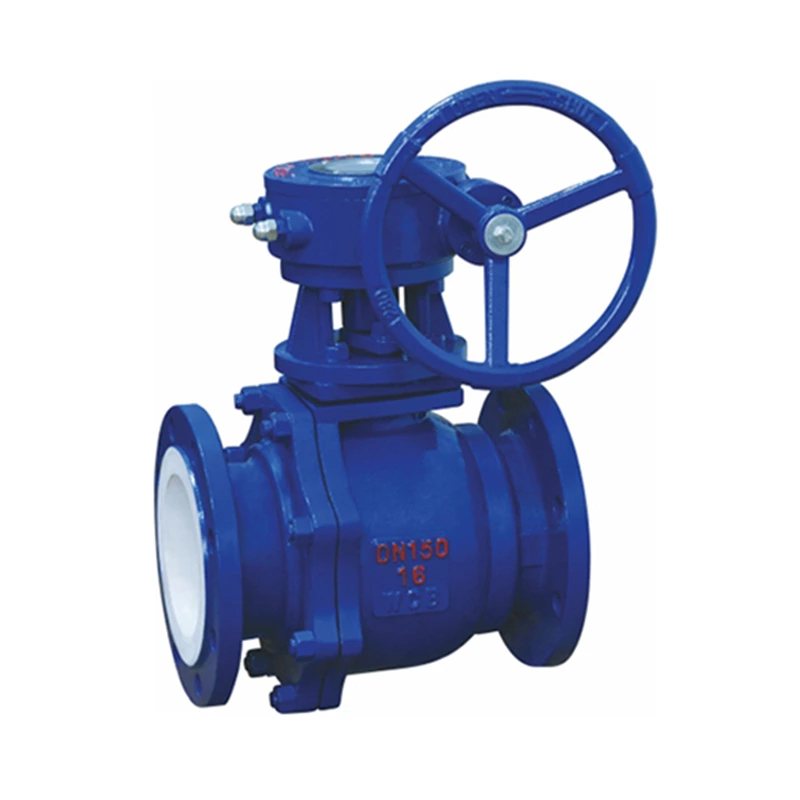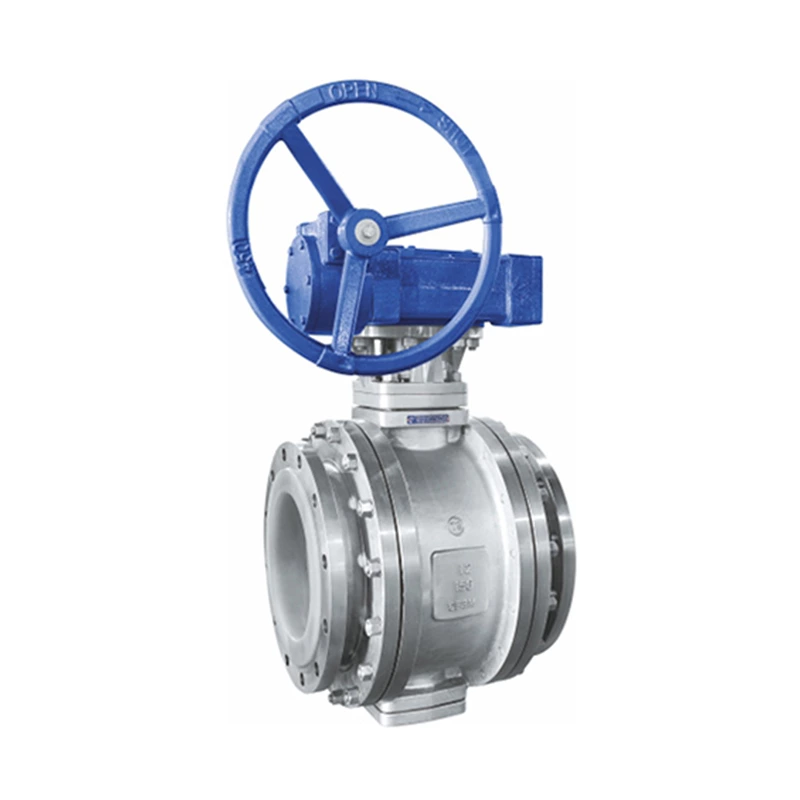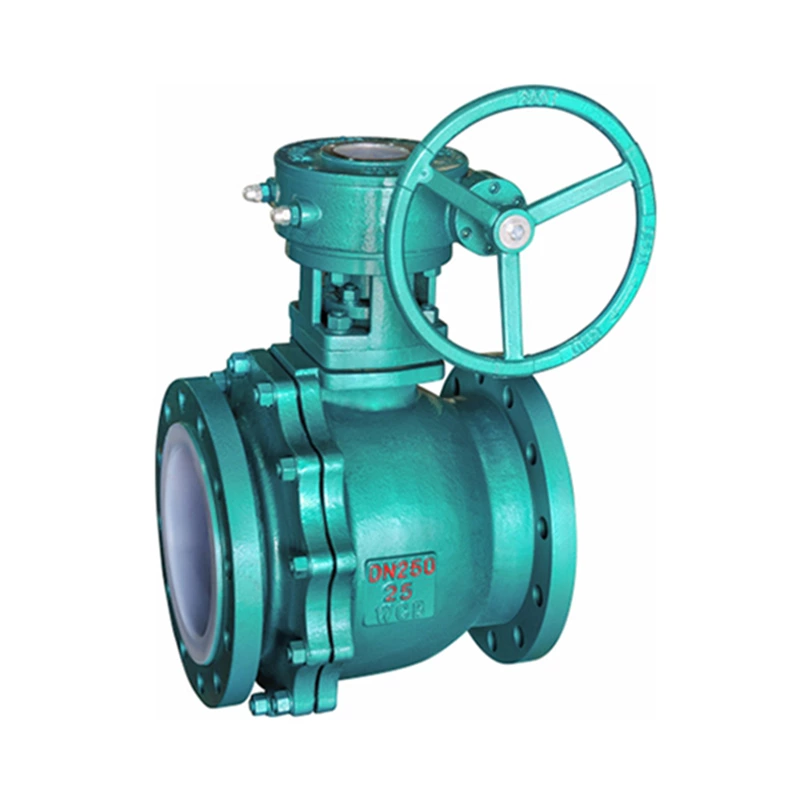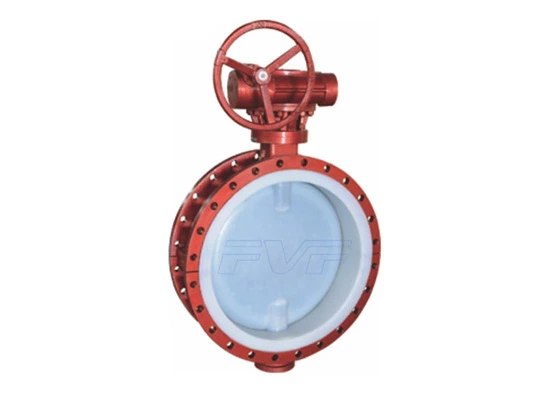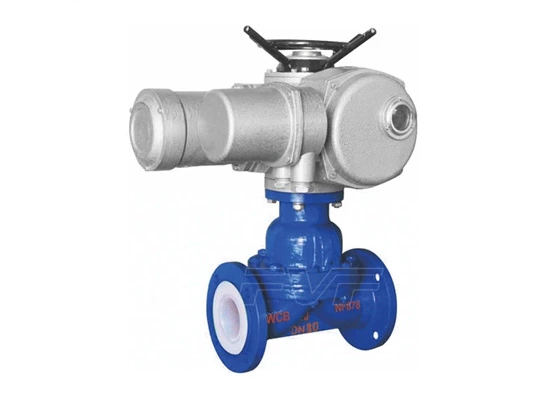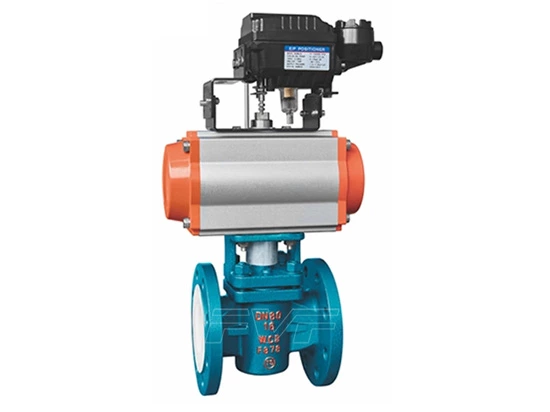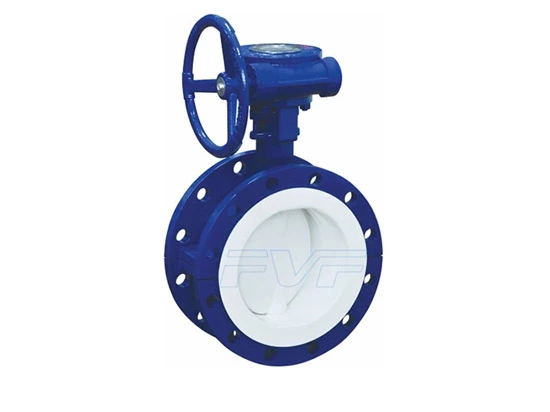How To Install Fluorine-lined Plug Valve (including Maintenance Methods)
The plug body of Lined Plug Valve is mostly a cone (also a cylinder), which cooperates with the conical hole surface of the valve body to form a sealing pair. Fluorine-lined plug valve is the earliest valve used, with a simple structure, fast switching and low fluid resistance. Ordinary plug valves rely on the direct contact between the finely processed metal plug body and the valve body to seal, so the sealing performance is poor, the opening and closing force is large, and it is easy to wear. It can usually only be used in low (not higher than 1 MPa) and small-caliber (less than 100 mm) occasions.
The plug valve is a fast-opening straight-through valve. Since the movement between the rotary sealing surfaces has a wiping effect, it can completely prevent contact with the flowing medium when fully opened, so it can usually also be used for media with suspended particles. Another important feature of the plug valve is that it is easy to adapt to multi-channel structures, so that one valve can obtain two, three, or even four different flow channels. This can simplify the design of the pipeline system, reduce the amount of valves and some connecting accessories required in the equipment.
How to install and maintain fluorine-lined plug valves
1. All repairs of plug valves using welding operations and repairs to welding must use welders and welding processes that meet the requirements of ASME Section IX standards.
2. All welding, including repairs to welds, should use low-hydrogen welding processes. Welding repairs should be performed in accordance with approved processes, and repairs to major welds require the consent of the owner.
3. Welding repairs of plug valves to castings should be completed before production heat treatment. Welding repairs or repairs to welds must be completed before any heat treatment process to eliminate metal stress.
4. Hardness tests are required for repairs on castings because there will be small hardness shifts across welds, heat-affected zones, and parent materials. The highest Vickers hardness value measured with a 500-gram load should be 310HV.
5. For all repaired defects, the same NDE method used to detect defects should be used and tested according to the same standards.
6. Before welding, the location to be welded should be cleaned with appropriate tools to remove dirt or metal debris. Repairs shall not be performed on defects that are more than 20% of the thickness of the object to be repaired.
7. The plug valve should be kept as close to the reference surface as possible as long as the location permits.
8. All working valves installed 2100 mm or higher above the ground, operating platform or other easily accessible locations should be able to be hammered to the working pulley. The hammer pulley should be equipped with a U-shaped clamp instead of a J-shaped bolt clamp.
9. The valve should be suitable for both vertical and horizontal installation.
The valve body and plug of the plug valve are usually cast from metal. Since the valve is used in a fluid system, the metal plug may corrode under long-term contact with the fluid, resulting in the valve not being tightly closed; friction between metals may also cause surface wear, resulting in poor sealing of the valve closing. In order to prolong the service life of the valve, a corrosion-resistant injection molding layer structure is added to the contact surface of the valve body and the plug. A polytetrafluoroethylene-lined fluorine plug valve has strong corrosion resistance and stable sealing performance by lining the valve body and the plug with a polytetrafluoroethylene layer.
The fluorine-lined plug valve uses a plug body with a through hole as the opening and closing part, and the plug body rotates with the valve stem to realize the opening and closing action. The plug valve opens and closes quickly and has low fluid resistance. This series includes fluorine-lined plug valves (full-lined type) and sleeve plug valves (semi-lined type). Plug valves are mostly used to cut off the flow of media. Fluorine-lined plug valves are suitable for various concentrations of aqua regia, sulfuric acid, hydrochloric acid, hydrofluoric acid and various organic acids, strong acids, and strong oxidants at -50℃ to 150℃. FEP is also suitable for use on pipelines of various concentrations of strong alkali organic solvents and other corrosive gases and liquid media.
